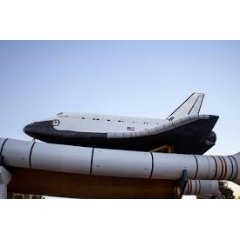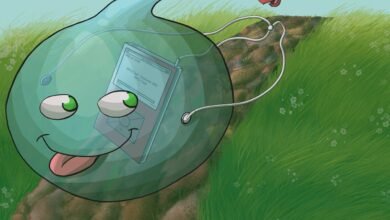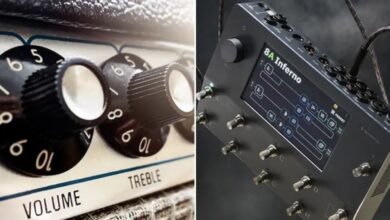Branch Technology and SABIC collaborate on lightweight 3d-printed panels to refurbish Pathfinder space shuttle orbiter prototype

WEBWIRE – Wednesday, February 12, 2025
- SABIC collaborated with Branch Technology on freeform 3D printing of an open matrix structureused to produce BranchCladpanels for restoring the Pathfinder space shuttle prototype.
- SABICs LNP THERMOCOMP compound contributes ease of 3D printability, lot-to-lot consistency, high strength and stiffness to the robotically printed matrix structure.
- The refurbished Pathfinder model is now back on display at the U.S. Space & Rocket Center in Huntsville, Ala.
SABIC, a global leader in the chemical industry, announced today the companys collaboration with Branch Technology to develop lightweight panels to restore the exterior of the Pathfinder, an early test article for the National Aeronautics & Space Administration (NASA) space shuttle orbiter. Branch Technology used its extraordinary cellular fabrication (C-Fab) process and SABICs advanced LNP THERMOCOMP compound to robotically 3D-print a matrix structure that forms the core of its BranchCladcompositepanels. These panels were selected by the U.S. Space & Rocket Center in Huntsville, Ala., for the restoration of the Pathfinder prototype. After being installed on the original airframe, the 516 panels were painted to resemble the Discovery space shuttle. The Pathfinder is displayed as part of the museums space shuttle propulsion stack.
The 121-ft.-long Pathfinder, built in 1977 and originally called Orbital Vehicle-098, played a role in testing critical aspects of the Space Transportation System, including heavy lifting, transportation and ground crew training. In addition to design freedom, the 3D-printed BranchCladpanels used on the Pathfinder provide an exceptional strength-to-weight ratio and help reduce production time, material waste and cost.
SABICs LNP THERMOCOMP compound was chosen by Branch Technology for their 3D printing needs due to the materials excellent strength and stiffness, which are essential for helping to optimize the dimensional stability of the open matrix structure. In addition, the compound features a property called self-consolidation, which causes it to amalgamate after printing. Self-consolidation causes a tightening and straightening of the links between nodes in the matrix, resulting in greater rigidity and overall structural strength.
Prior to engaging with SABIC, we tried many different polymer solutions, but none delivered the desired level of stiffness between nodes that our open matrix structure requires for maximum strength, recalled Ryan Lusk, chief executive officer, Branch Technology. SABICs experts listened carefully to our needs, learned about our technology, and custom-designed a compound that not only performs beautifully in our C-Fab process, but also prints rapidly to maximize productivity. Weve had great success working with SABIC and look forward to collaborating on future projects.
This ongoing collaboration is a perfect example of how SABIC works closely with customers to develop new material formulations for their application requirements, said Maureen MacDonald-Stein, director, Portfolio Strategy and Marketing, SABIC Polymers, Specialties BU. Our work with Branch Technology also illustrates the versatility of our pellet-fed additive manufacturing materials, which can play a key part in new approaches to producing architectural components. We foresee many innovative applications for 3D printing in this space.
LNP THERMOCOMP compounds can be formulated to meet specific engineering attributes, including strength, stiffness, specific gravity for weight management or a solid feel, heat and chemical resistance, flow properties and dimensional stability.
SABIC collaborated with Branch Technology to develop lightweight panels to restore the exterior of the Pathfinder, an early test article for the National Aeronautics & Space Administration (NASA) space shuttle orbiter. The restored Pathfinder is displayed at the U.S. Space & Rocket Center museum in Huntsville, Ala.
( Press Release Image: https://photos.webwire.com/prmedia/6/334041/334041-1.jpg )
WebWireID334041
This news content was configured by WebWire editorial staff. Linking is permitted.
News Release Distribution and Press Release Distribution Services Provided by WebWire.




